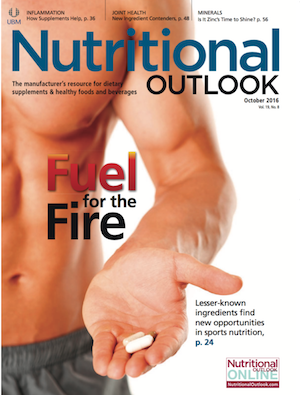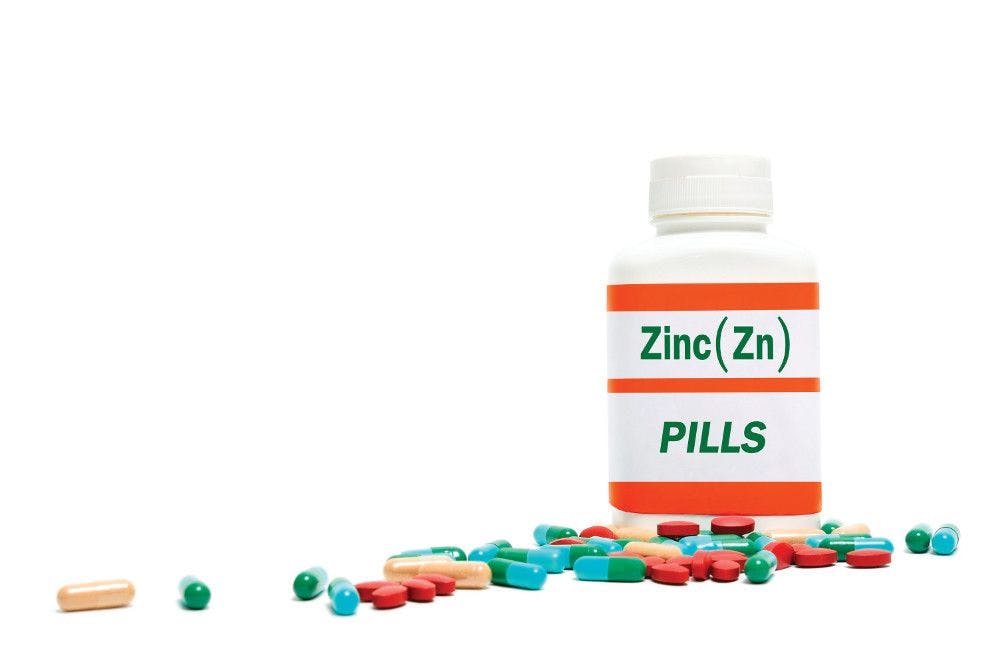NDI Draft Guidance: Just When You Thought You Were Safe
If FDA can revoke the NDI status of vinpocetine as it considered doing this September, can it do the same to other ingredients, too?
Photo © iStockphoto.com. Edited by Quinn Williams

FDA’s new dietary ingredient (NDI) draft guidance has raised plenty of rancor in its time among the dietary supplements industry. FDA’s second stab at the guidance, the revision issued this August, was more warmly received compared to the agency’s first draft in 2011, but there are still many who fear that FDA’s NDI guidelines could ultimately cost the industry significant time, money, and opportunities for growth. Unfortunately for these individuals, those fears are now compounded by one particularly negative new regulatory development.
On September 7, FDA shocked the industry when it published a Federal Register notice “tentatively” concluding that the ingredient vinpocetine is not a dietary ingredient (and therefore may not be able to be used in dietary supplements). Vinpocetine, a synthetic ingredient produced from the alkaloid of the periwinkle plant (Vinca minor), does not meet the Federal Food, Drug, and Cosmetic Act’s (FD&C Act) definition of a dietary ingredient for several reasons, FDA said: 1) the ingredient is not considered to be a vitamin, mineral, or amino acid, 2) because the ingredient is synthesized, it is not considered to be an herb or a botanical, nor a constituent, extract, or derivative of an herb or a botanical, 3) there are apparently no food uses of vinpocetine to indicate that the ingredient is intended to be a “dietary substance for use by man...” Oh, and there’s one more thing, the agency added: it turns out that vinpocetine, before its debut as a dietary supplement ingredient, was authorized in 1981 for scientific investigation as a new drug, and according to the FD&C Act’s investigational new drug (IND) rule, this nullifies vinpocetine’s status as a dietary supplement ingredient.
There’s just one major catch, though: FDA itself has already acknowledged vinpocetine as a dietary ingredient-five times. FDA acknowledged, without objection, no fewer than five separate NDI notifications that companies submitted over the years. The first notice was sent as far back as 1997.
Does the agency now have a right to object to vinpocetine’s status as a dietary ingredient-in effect, reversing its previous five decisions? As the Natural Products Association (NPA; Washington, DC) pointed out, considering that FDA already reviewed vinpocetine’s safety data in those five NDI notifications, “this means that vinpocetine has already undergone intense scrutiny five times over by the leading authority on food safety in the U.S.”
“The agency,” NPA said, “is looking to remove the ingredient via a rendering that they have been silent on for approximately 20 years regarding the ingredient’s status.”
FDA, of course, does have the right to reconsider the safety of an ingredient at any time should safety concerns arise, such as an uptick of adverse-event reports. But there hasn’t been any such uptick for vinpocetine, NPA pointed out: “From the Federal Register notice, FDA does not appear to have any clear safety signal based on [serious-adverse-event reports] or other means.”
So why is the agency reversing its stance on vinpocetine? One argument could be that the agency is now aligning its verdict with the stance the agency takes on synthetic botanical ingredients in the revised NDI draft guidance. The guidance flat-out states that synthetic botanicals are not considered dietary ingredients-a current pain point in the industry.
But there is also understandable fear among industry now that FDA could, at any time, revoke clearance for any ingredient, even if the ingredient already has acknowledged NDI status from FDA itself. That’s definitely not what the supplements industry wants to hear right now, especially when some are suggesting that the end-cost to industry of submitting NDI notifications could be billions of dollars.
As for NPA, the association immediately sent comments on the vinpocetine matter to FDA’s associate commissioner of policy, Leslie Kux, JD. But already the association is calling this vinpocetine turnaround by FDA “major” and “unprecedented.”
“This is a form of double jeopardy,” stated NPA’s CEO and executive director Dan Fabricant, PhD, in the NPA press release. “To go through the regulatory gate a second time is akin to finishing a round of golf and winning, but then having to play a second round while someone charges at you while you hit each golf shot. This sets a very bad precedent and is no environment to conduct business in.”
Also read:
How to Prioritize Potential NDI Notifications
2 Big Wins for Supplement Industry in FDA’s New NDI Draft Guidance
Jennifer Grebow
Editor-in-Chief
Nutritional Outlook magazine
jennifer.grebow@ubm.com

Prinova acquires Aplinova to further increase its footprint in Latin America
April 7th 2025Prinova has recently announced the acquisition of Brazilian ingredients distributor Aplinova, which is a provider of specialty ingredients for a range of market segments that include food, beverage, supplements, and personal care.

























